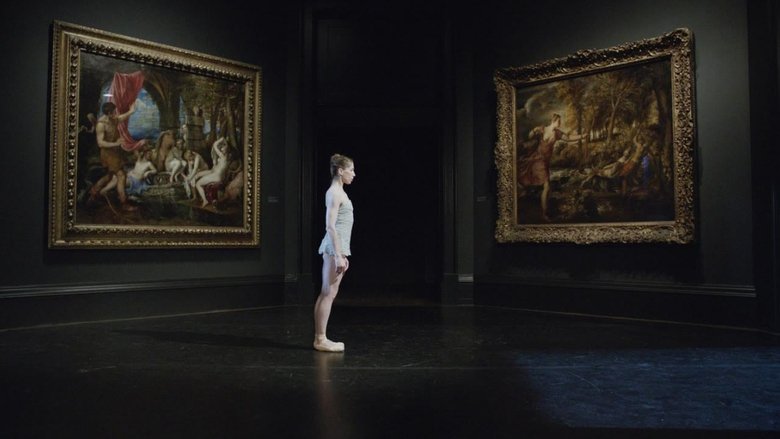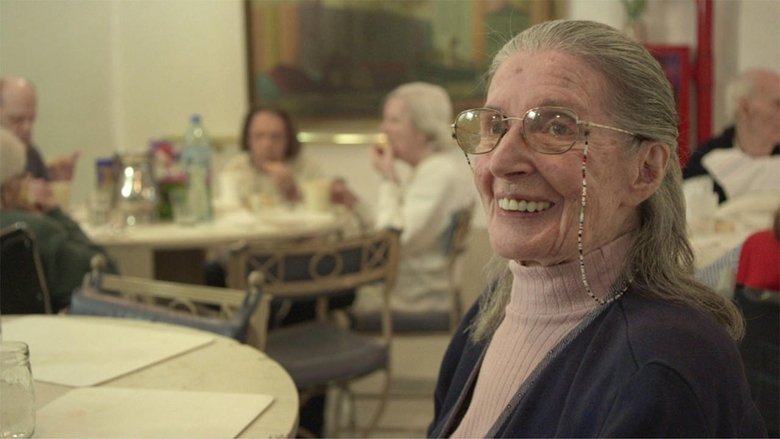Takeda (2017)
Takeda is a film about the universality of the human being seen thru the eyes of a Japanese painter that has adopted the Mexican culture.
Takeda is a film about the universality of the human being seen thru the eyes of a Japanese painter that has adopted the Mexican culture.
The Real Story of Fake Democracy. Filmed over three years in five countries, FREEDOM FOR THE WOLF is an epic investigation into the new regime of illiberal democracy. From the young students of Hong Kong, to a rapper in post-Arab Spring Tunisia and the viral comedians of Bollywood, we discover how people from every corner of the globe are fighting the same struggle. They are fighting against elected leaders who trample on human rights, minorities, and their political opponents.
What does modern art mean for ordinary visitors to an exhibition?

Since its opening in 1948, The Farnsworth Art Museum has been a source of community pride and a beacon that draws visitors to Rockland each year. Told through first person interviews with Rockland natives and residents, historical photographs and footage, the film follows the museum’s growth from the reading of Lucy Farnsworth’s will, through the construction of the museum facility, to the internationally renowned institution that it is today.
A short film commemorating the 1927 doll exchange between the US and Japan organized by the Committee on World Friendship Among Children

A documentary edited from ORLAN's seventh surgery in the The Reincarnation of Sainte-ORLAN series which aired live, vis satellite from New York in 1993.

A portrait of the day-to-day operations of the National Gallery of London, that reveals the role of the employees and the experiences of the Gallery's visitors. The film portrays the role of the curators and conservators; the education, scientific, and conservation departments; and the audience of all kinds of people who come to experience it.
In 'Sakura Petals: The Samurai' we leave to the South and we stop in Kurashiki, one of the few cities in Japan that was not bombed during the WW2, preserving its original architecture. Further we visit Okayama, with its reconstructed Crow Castle and the beautiful garden, one of the top three gardens in Japan. We go later to Nagasaki and visit the Memorial Park and its beautiful row of Buddhist temples, and to Hagi where is the best preserved samurai quarter and traditional houses. We end up the tour in the holy island of Miya Jima full of roaming deers, where is one of the most important Shinto shrines in Japan, watching in the night the tide covering the famous floating Tori.
Tokyo is a fascinating city of extremes, blending the old traditions with visions of the future and an extraordinary pace of life. A shock of skyscrapers and neon, it's a gleaming example of Japan's post World War II success. Traveller Ian Wright begins his stay by experiencing the spiritual side of Tokyo at the peace loving Senso-ji temple. After a gentle introduction he throws himself into the pace of the city and discovers some incredible technology and fashion! He then heads to Mount Fuji for a crowded climb to the summit, before ending his trip experiencing the infamous Tokyo nightlife.
Join Megan McCormick on a journey of discovery across Japan's spectacular heartland starting in Japan's beautiful former capital Kyoto. She explores Buddhist temples, World Heritage Sites, and bargains at the city's best flea market. She then travels to Osaka, and Iga-Ueno, a former ninja stronghold, where she learns the secrets of these famously skilled assailants. She also visits the remote Sado Island and Himeji.
Narrated by Dan Aykroyd, Defend, Conserve, Protect, pits the marine conservation group, Sea Shepherd, against the Japanese whaling fleet, in an epic battle to defend the majestic Minke whales.
"Heart of the Country" is the story of Shinichi Yasutomo, the extraordinary principal of a rural elementary school in Kanayama, central Hokkaido, Northern Japan. Yasutomo is a man driven by his vision for learning and his passion for educating the heart as well as the mind. The film follows Yasutomo, his teachers and staff, students and their families over the course of one entire school year. The film is also the story of the families of Kanayama. Parents and elders of this once impoverished town embrace Yasutomo's vision, but not without wary glances back to the past. This small community, bound together by love for its children, is also defined by its journey through the cultural upheavals of postwar Japan.

Traces the life and mental illness of New York artist and photographer Ruth Litoff, and her sister's struggle to come to terms with her tragic suicide.
“Christo: Works in Progress” takes us around the world on a showcase of the artist’s grand environmental installations. With both critique and praise from members of the communities that have hosted Christo and his works, the film takes a deep look into the process and outcome of pieces such as Wrapped Coast, Running Fence, and Wrapped Walkways. While discussing his inspirations and motives, Christo states, “The work of art is not the fabric, steel poles and cable, the work of art is the hills and the ocean, the sky, the gates, the rocks, the people, the light- this is the work of art.” (Christo Vladimirov Javacheff) Though his work may appear to be visually distracting from the landscapes he creates in, Christo’s aim is to bring attention to the land itself and encourage people to take note of their surroundings.
The film portraits the stage previous to the outbreak of the Mexican Revolution, from the end of Porfirio Díaz´ government, the social volatility, the ephemeral government of Madero and the presence of the working class in the figures of Villa and Zapata, until the signing if the Constitution of 1917. All of this through moving images, filmed during those events mainly by the Alva brothers, filmmakers of that time. Those images let us perceive the contradictory and shuddered glance of the people of that period.
A tiny fragment of an actuality film of Tom Merry (William Mechem), a 'lightning sketch' caricaturist performing his act for the camera and producing a large profile caricature of Kaiser Wilhelm II. The loss of the rest of the film has bequeathed us 6 seconds that are of Mechem standing next to the completed portrait and sadly, that is all there is. An early film made by Birt Acres for R.W. Paul. (see release information for further detail).

An extraordinary film about memory, and specifically the fading memory of an 86-year-old political activist who has fought tirelessly against historical amnesia and for justice in Argentina. The director’s grandmother, Laura Bonaparte, was one of the founders of the Mothers of the Plaza de Mayo, formed during the 1970s by women whose children and family members had been disappeared by the Videla military dictatorship. Laura herself lost three children and their partners, including the director’s parents. Today, after a lifetime battling that the disappeared never be forgotten, Laura faces her own struggle to remember.